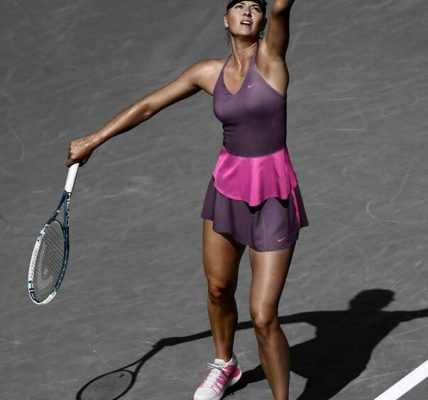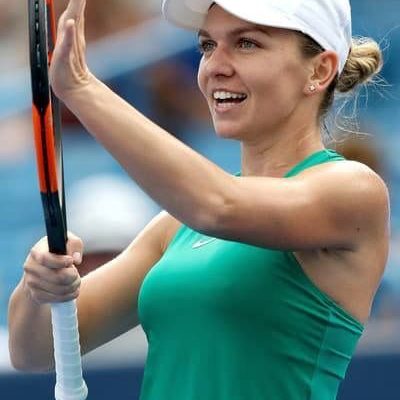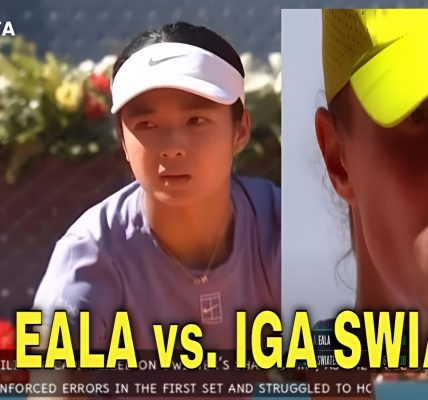The Shifting Sands of Professional Tennis Coaching
In professional sports, success often breeds stability. When an athlete achieves a career-defining moment, you expect the team that helped them reach the summit to remain firmly in place. That is why the news surrounding Coco Gauff’s coaching structure sent a minor shockwave through the tennis world.
Gauff’s ascent into the absolute elite ranks culminated in her stunning 2023 US Open victory, a moment that cemented her status as a global superstar. Yet, shortly after lifting that trophy, reports confirmed that she had parted ways with her primary traveling coach, Pere Riba.
This development immediately raised the crucial question: Why change a winning formula? Why did the talented young American and Pere Riba, the coach credited with sparking her turnaround, decide to split? We break down the official reasons, the logistics involved, and the implications for Gauff’s future.
The Impact of the Pere Riba Partnership
To truly understand the surprise, one must first appreciate the immediate, tangible impact Pere Riba had on Coco Gauff’s game. Riba joined Gauff’s team in mid-2023, arriving at a time when Gauff was performing well but struggling to consistently close out major titles.
The transformation was nearly instantaneous. Riba, alongside high-profile consultant Brad Gilbert, helped refine Gauff’s technique, particularly her forehand, and—crucially—instilled a new level of confidence and mental toughness.
The results speak for themselves:
* Winning the Washington Open (Mubadala Citi DC Open)
* Winning the Cincinnati Open (Western & Southern Open)
* Capping it all off with the 2023 US Open title in front of her home crowd.
Riba was undeniably a key component of this incredible run, making the eventual announcement of the coaching change shock tennis analysts and fans alike.
The Decision to Split: Understanding the ‘Why’
When a player fires a coach after a string of losses, the reason is obvious: poor performance. When a player makes a coaching change immediately following their biggest career triumph, the reasons are far more nuanced.
Official Statements and Reported Reasons
The central query—Why did Coco Gauff fire her coach?—is answered not by strategic disagreement, but by practicality.
The official word cited by those close to Gauff’s team focuses on **logistical challenges and differing long-term scheduling priorities.** In short, the split was professional, mutual, and centered around the demanding schedule of the WTA tour.
Riba’s personal commitments reportedly made the extensive, long-term travel required by Gauff, particularly for major mandatory tournaments, difficult to maintain consistently. This is a common and professional reason for a split, differentiating it entirely from performance issues. The relationship remained positive, but the practicalities of the tennis calendar required a change in structure.
The Role of Brad Gilbert
It is essential to note that the coaching structure had two major pillars: Pere Riba as the day-to-day traveling coach, and Brad Gilbert as the high-level strategic consultant.
Crucially, Brad Gilbert remained on the team. This signaled that the core tactical direction and strategic planning were not the source of the separation. Instead, the team needed a new coach to handle the demanding, full-time presence required on the road, fulfilling Riba’s former traveling role.
The Philosophy Behind High-Level Coaching Changes
For outsiders, the high turnover rate among coaches in tennis can seem baffling. Even highly successful partnerships often have a relatively short “shelf life.”
The Travel Burden
The WTA and ATP tours demand that a coach be on the road for 30 or more weeks a year, often crossing continents several times. This extreme travel burden frequently leads coaches to prioritize family or seek less intense roles, resulting in mutual separations based purely on quality of life, not failure.
The Need for Specific Expertise
Elite tennis players often hire coaches for specific “projects.” A player might hire one coach to transition them from juniors to the pro circuit, another to master a specific surface (like clay), and yet another to help them break through and win a Grand Slam.
Once that specific goal is achieved, the player might feel they need a new voice or a fresh perspective to tackle the next phase—such as aiming for the World No. 1 ranking. These changes are markers of strategic evolution, akin to bringing in a new CEO after a company completes a major acquisition.
The New Direction: Who is Coaching Coco Gauff Now?
Following the split with Pere Riba, Coco Gauff did not panic. She immediately relied on the strength of her existing network.
Brad Gilbert’s Elevated Influence
The immediate impact of the coaching change was the elevated influence of Brad Gilbert. Gilbert, one of the most famous and successful coaches in the sport’s history, has worked with legends like Andre Agassi and Andy Murray.
Gilbert now serves as the central strategic pillar of Gauff’s team. His presence, often felt through remote communication and focused attendance at major tournaments, provides the strategic continuity and tactical expertise needed at the top level.
The Search for a Permanent Traveling Coach
While Gilbert provides strategy, the demanding travel role still needs to be filled for optimal support. Gauff and her team have taken a measured approach, often utilizing hitting partners and her father, Corey Gauff, who remains a deeply significant and stabilizing figure in her corner.
Corey Gauff’s steady presence means the team has a built-in anchor while they thoughtfully search for a full-time replacement who can commit to the rigors of the schedule and complement Gilbert’s strategic vision.
Impact on Gauff’s Performance and Future Outlook
How will this structural change impact Gauff’s upcoming performance in major tournaments?
Some analysts argue that stability is key, but others point to Gauff’s inherent maturity. At this stage of her career, Gauff is relying less on a coach for technical guidance and more for motivational support and strategic feedback. Her discipline and internal structure are well established.
Given her breakthrough at the US Open, Gauff is now proving she can handle pressure and deliver on the biggest stage. Her immediate goals—defending her US Open title and aiming for the World No. 1 ranking—will test her ability to maintain focus amidst managerial transitions. However, the decision to split with Riba was clearly made from a position of strength and strategic planning, not crisis.
Conclusion: A Strategic Evolution, Not a Crisis
The real reason why Coco Gauff split with coach Pere Riba was primarily due to logistical realities and scheduling conflicts inherent to the professional tour, not a disagreement over strategy or performance. The success they achieved together remains a testament to Riba’s positive influence during a pivotal phase of her career.
In professional tennis, coaching changes are simply markers of a player’s strategic evolution as they ascend to the highest level. By solidifying her strategic partnership with Brad Gilbert and relying on the stable support of her family, Gauff is positioning herself for sustained success.
What do you think Gauff needs most from her next full-time traveling coach? Should they prioritize technical expertise or mental guidance?





